One of the most influential civilizations of its time, the Byzantine Empire is well-known to historians. However, many questions remain surrounding the Empire’s long history, culture, and lasting significance.
Byzantium was an integral defender of Christendom during the Crusades, and acted as a barrier between Western Europe and the East until it fell to the Ottoman Turks in the 15th century.
In the past, much of Byzantine history remained swathed in mystery and lost in translation—the following authors have uncovered the true history of Byzantium and the enormity of its influence on the Western world and modern Christianity.
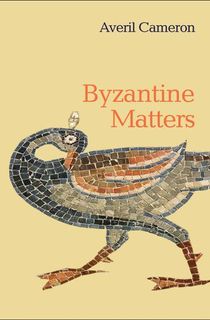
Byzantine Matters
The Byzantine Empire is a source of many misconceptions and is often forgotten in the face of other civilizations of the time. Encompassing five themes, Byzantine Matters explores a modern perspective of the questions facing historians today.
Why, for example, is Byzantine so often forgotten in history? How did the empire function, and what intricacies of the system can be gleaned from Byzantine art? Cameron examines the “Greekness” of Byzantium and the presence of Byzantium in modern Greek culture, and challenges the existing beliefs about Byzantine Christianity.

A History of the Byzantine State and Society
Unlike many other titles on the topic, A History of the Byzantine State and Society covers both the history of the Byzantine state and its culture. Walter Treadgold’s account of the Byzantine Empire spans twelve centuries; he proposes Byzantium as a bridge between the ancient and modern worlds that has shaped Greek classics, Roman law, and Christian theology as they exist today.
Treadgold weaves the political and societal developments into a cohesive narrative, told through both narratives and essays, utilizing a wide range of primary and modern sources. Rather than investigate only the empire’s effect on neighboring civilizations, Treadgold studies how the actions of emperors changed the lives of the Byzantine people and the course of history.
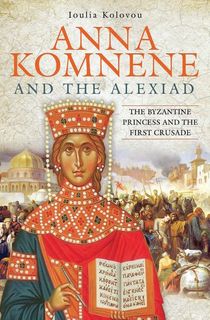
Anna Komnene and the Alexiad
An early female historian of the medieval era and an imperial princess of Byzantium, Anna Komnene is one of the most intriguing figures of Byzantine history. Despite this, Komnene and her story remain relatively unknown to the public. Often depicted as angry and bitter, Anna Komnene faced accusations of conspiracy and murder that led to her subsequent and permanent exile.
It was during this exile that she wrote the Alexiad, the history of the First Crusade and of her father, the Byzantine Emperor Alexios I Komnenos. In Anna Komnene and the Alexiad, Ioulia Kovolou replaces the image of the greedy, angry woman that the world has built around Anna Komnene with that of the intelligent and fascinating woman she truly was.
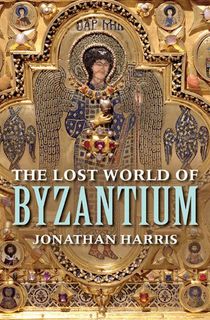
The Lost World of Byzantium
Rather than recount the usual gamut of various emperors and battles, Jonathan Harris presents the Byzantine Empire’s history in detailed chronological chapters, each focused on a figure, family, place, or event.
The Lost World of Byzantium reveals the fortitude of the empire and the culture’s perseverance against frequent invading forces, as well as how the empire managed to thrive under the unique foreign policies, rich art and architecture, and the deep sense of identity among the Byzantine people.
Harris manages to touch on Byzantine political, societal, cultural, military, religious, and artistic history in a way that shines a bright light on the core of Byzantium and its place in history.
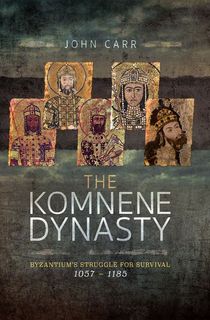
The Komnene Dynasty
The Komnene Dynasty ruled over the Byzantine Empire for 128 years before being felled by Constantinople in the Fourth Crusade. John Carr begins his study of the dynasty with Alexios I and his strategic attempts to keep Christendom, and concludes with the cruelty and incompetence of Andronikos I.
Under the Komnene Dynasty, Byzantium underwent military changes that likely sealed the fate of the empire in its fight against both Turkish and Norman forces. The Komnene Dynasty illustrates the final century of the Byzantine Empire and the rulers who contributed to its defeat and deconstruction in 1176.
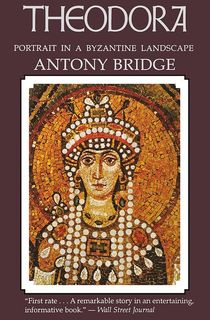
Theodora
Theodora is a written history of the life of the Byzantine courtesan who rose to the title of empress. Theodora is well known for her scandalous past, but her journey through life was rather remarkable. Antony Bridge sets out to reveal the truth of her nature by describing the events in her story that led to her place on the throne.
Theodora’s reign was shadowed by the suffering and brutality of one of the worst riots in Byzantine history, as well as a near-constant war with Italy. Bridge draws attention to Theodora’s tenacity and strength that supported her to the end of her life, even in the face of wars, plague, and the domestic unrest that sparked at the thought of a prostitute on the throne.

Byzantium and the Crusader States 1096-1204
As the first scholarly history of the Byzantine Empire’s relations with the Crusader States of Syria and Palestine, Byzantium and the Crusader States explores the nature of policy agreements between the Eastern Empire, the Crusader States, and the Western European nations when the Crusades began.
Ralph-Johannes Lilie presents a detailed study of the policies and principles that shaped each nation’s relations with the other and unpacks just how the course of history took shape as the Crusaders arrived.
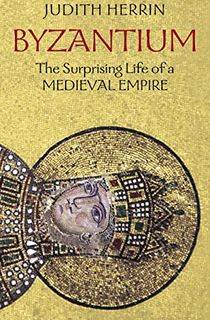
Byzantium
In Byzantium, Judith Herrin identifies the fundamental aspects of Byzantium that define its significance today. Herrin centers each chapter on a specific theme, monument, event, or figure in accessible prose that captures key moments in Byzantine history.
Herrin posits that the Byzantine Empire’s position between the Eastern Empire and the nations of Western Europe was crucial to the existence of the Western world that stands today. By exploring the intricacies of Byzantine culture, tradition, and society, Herrin articulates Byzantium’s fascinating rise and fall, its revival, and its final defeat.
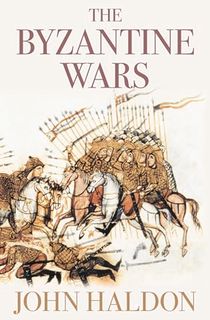
The Byzantine Wars
The Byzantine armies were often a dreaded sight on battlefields, and the reputation was well-earned. Byzantium was once a powerful empire that dominated the Eastern Mediterranean and the Balkan regions.
The Byzantine Wars is the first attempt to assess the Byzantine wars and translate firsthand accounts of Byzantine battles into a modern language. Haldon’s survey of Byzantine military history is an essential guide to understanding Byzantium and the extent of the Byzantine Empire’s might.
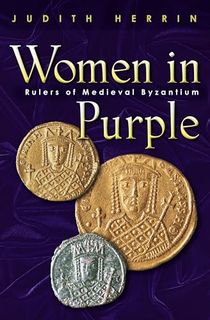
Women in Purple
During the eighth and ninth centuries, there were three women whose actions as empresses shaped the fate of Byzantium and the course of history. Irene, Euphrosyne, and Theodora each rose to power through marriage and employed impressive skill and ruthlessness as widows.
The empresses conducted diplomacy throughout the world from Constantinople and restored the veneration of holy images and iconoclasm in Byzantium—an act that altered the art and culture of the society and their neighboring civilizations for centuries to come.
Featured image: Canva




